The AMD A8-3850 Review: Llano on the Desktop
by Anand Lal Shimpi on June 30, 2011 3:11 AM ESTEver since the arrival of Conroe back in 2006, we've only really recommended AMD for its (sometimes incredible) value. Recommending AMD for those looking for absolute performance pretty much ended when the Pentium 4 retired.
AMD is looking to change that with the arrival of its first Fusion APUs. These APUs marry one or more AMD x86 cores with dozens if not hundreds of Radeon "cores" on a single die. While today the APU is little more than a cohabitation of these two computing architectures, the end goal is something far more integrated:

Llano is AMD's second Fusion APU, the first being Zacate which we met earlier this year. Llano shouldn't be all that unfamiliar to you either, the notebook version of the APU launched just two weeks ago. Our conclusions were as you'd expect: sub-par x86 performance but competitive battery life and great gaming performance for a value notebook. If gaming is going to be the most intensive thing you do on your notebook, you may find yourself wanting one based on a Llano APU.
Now it's time to look at Llano on the desktop. We previewed the desktop Llano alongside the mobile version but today we're back with much more detail. This article will focus on the basics: CPU performance, GPU performance and the associated details. Ian has a final review of one of the first desktop Llano motherboards - the ASRock A75 Extreme6 as well as a look at overclocking the new desktop APU. Finally Ganesh's article takes an in-depth look at how Llano works as an HTPC platform.
The APU
Although mobile Llano has to worry about fitting into thin and light notebooks, the desktop version has a lot more breathing room and as a result it comes to us in a pretty traditional package. Motherboard backwards compatibility is thrown out the window as you need pins to get video output from the APU to an on-board VGA/DVI/HDMI header and as a result we have a new platform: Socket-FM1.
Socket-FM1 is a 905-pin ordeal that looks reminiscent of the original Clawhammer CPU:
Despite the socket change, heatsink specifications haven't changed. All existing Socket-AM2/AM2+/AM3/AM3+ heatsinks should work just fine as long as they can handle the rated TDP of the chip you're cooling.
The desktop Llano launch starts small. AMD is only introducing four parts today, two of which will be available later:
| AMD Llano Desktop Lineup | |||||||||
| GPU | Total TDP (GPU + CPU) | CPU Cores | CPU Clock (Base/Turbo) | GPU Cores | GPU Clock | Price | |||
| AMD A8-3850 | Radeon HD 6550D | 100W | 4 | 2.9GHz | 400 | 600MHz | $135 | ||
| AMD A8-3800 | Radeon HD 6550D | 65W | 4 | 2.4/2.7GHz | 400 | 600MHz | $?? | ||
| AMD A6-3650 | Radeon HD 6530D | 100W | 4 | 2.6GHz | 320 | 443MHz | $115 | ||
| AMD A6-3600 | Radeon HD 6530D | 65W | 4 | 2.1/2.4GHz | 320 | 443MHz | $?? | ||
The A8-3850 and A6-3650 are going to be the first Llano APUs available, both carry a 100W TDP rating. While this may seem high, do remember that 100W is for the CPU and GPU combined.
Although Llano does support AMD's new Turbo Core technology, neither of the parts launching today have it enabled. The A8-3850 and A6-3650 run at 2.9GHz and 2.6GHz, respectively. The 3800 and 3600 will drop base clock speeds to hit a lower TDP but allow you to turbo up depending on workload. For an explanation of how Turbo Core works, flip back to our mobile Llano article.
Pricing is pretty reasonable. For $98 you can buy an Athlon II X4 640 running at 3.0GHz. For $37 more AMD will sell you an A8-3850 APU, effectively determining the price of the integrated GPU. AMD expects to see desktops built around the A6 to sell for $500 - $600, and A8 based systems to go for between $600 and $700
| CPU Specification Comparison | ||||||||
| CPU | Manufacturing Process | Cores | Transistor Count | Die Size | ||||
| AMD Llano 4C | 32nm | 4 | 1.45B | 228mm2 | ||||
| AMD Thuban 6C | 45nm | 6 | 904M | 346mm2 | ||||
| AMD Deneb 4C | 45nm | 4 | 758M | 258mm2 | ||||
| Intel Gulftown 6C | 32nm | 6 | 1.17B | 240mm2 | ||||
| Intel Nehalem/Bloomfield 4C | 45nm | 4 | 731M | 263mm2 | ||||
| Intel Sandy Bridge 4C | 32nm | 4 | 995M | 216mm2 | ||||
| Intel Lynnfield 4C | 45nm | 4 | 774M | 296mm2 | ||||
| Intel Clarkdale 2C | 32nm | 2 | 384M | 81mm2 | ||||
| Intel Sandy Bridge 2C (GT1) | 32nm | 2 | 504M | 131mm2 | ||||
| Intel Sandy Bridge 2C (GT2) | 32nm | 2 | 624M | 149mm2 | ||||
Architecturally desktop Llano is no different than its mobile counterpart. These are all quad-core parts with updated 32nm cores, boasting a ~6% increase in IPC over their 45nm Athlon II predecessors. Each core has a private 1MB L2 cache for a total of 4MB per quad-core APU.
The GPU side isn't different architecturally either, you're still looking at a Sumo core derived from AMD's Radeon HD 5570. Desktop Llano is available with either 400 GPU cores or 320 cores (you can get the mobile part with only 240 cores enabled as well). While the mobile parts top out at 444MHz, the extra TDP available in a desktop chassis allows AMD to ratchet up the GPU clock to 600MHz for the A8-3850.
AMD calls the two GPU configurations the Radeon HD 6550D and 6530D. Just like you can with mobile Llano, you can also pair a desktop Llano APU with a discrete GPU to have them both run in an asymmetrical CrossFire mode (with limitations of course):
| AMD Radeon Dual Graphics Branding | ||||
| Discrete GPU | 6550D | 6530D | ||
| HD 6670 | HD 6690D2 | HD 6690D2 | ||
| HD 6570 | HD 6630D2 | HD 6610D2 | ||
| HD 6450 | HD 6550D2 | HD 6550D2 | ||
The Chipset
I hate to keep drawing comparisons between desktop and mobile Llano APUs but we also have two chipsets on the desktop side: A75 and A55. The A75 chipset is the high end option with 6 x 6Gbps SATA ports and 4 x USB 3.0 ports:
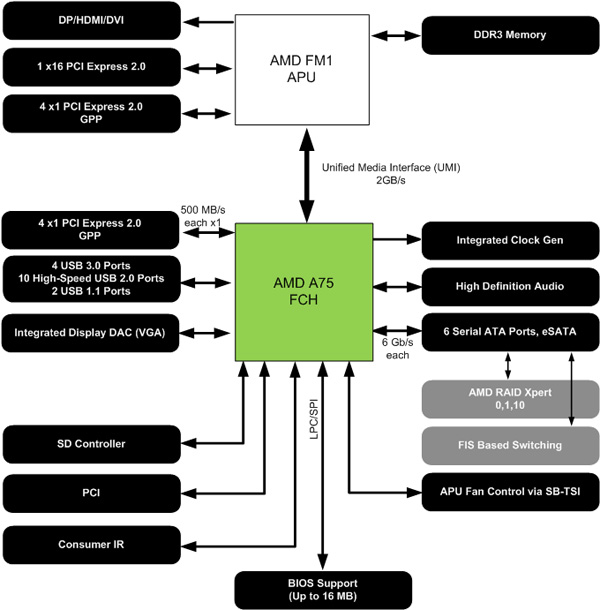
The A55 is the lower power, cost effective option that gets rid of all USB 3.0 support and backs down to 3Gbps SATA:
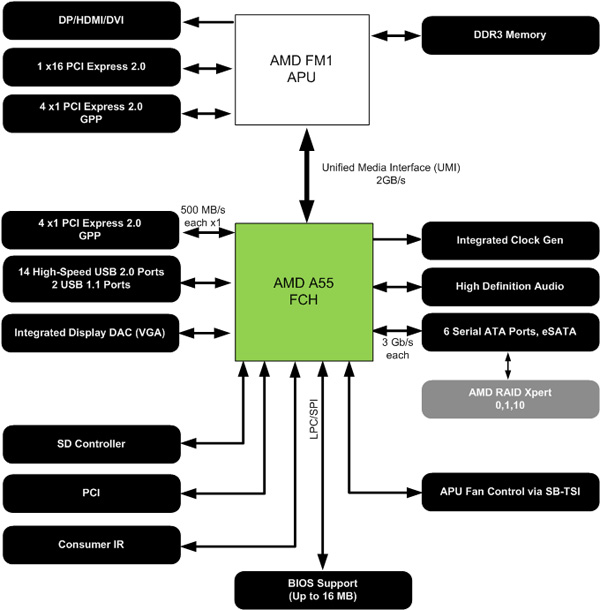


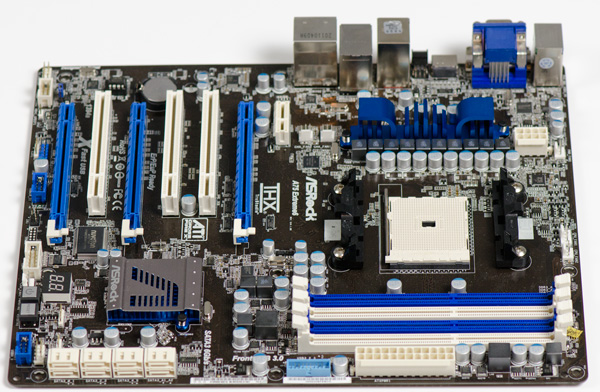
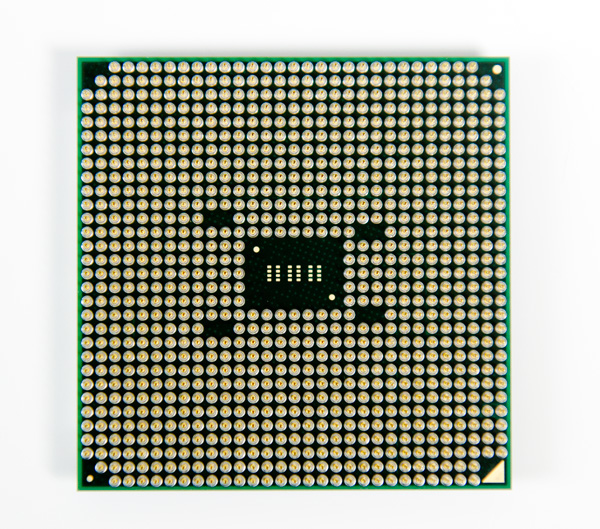
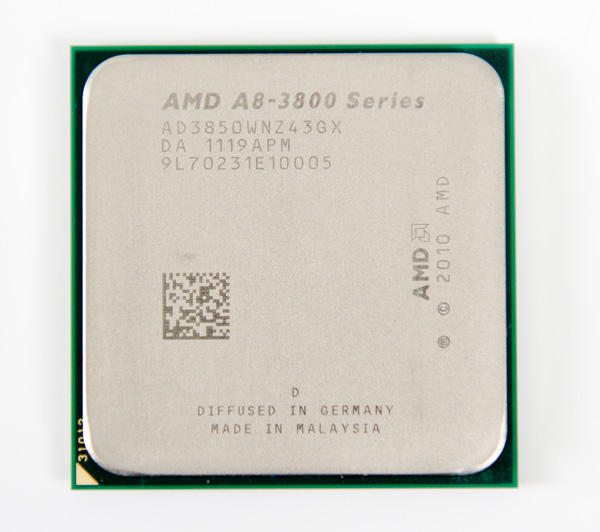
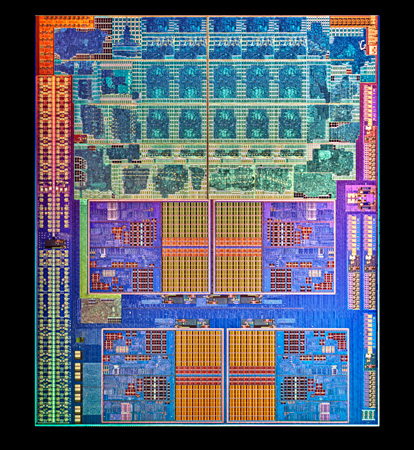








99 Comments
View All Comments
L. - Thursday, June 30, 2011 - link
Don't ask too much of a first rushed-in prototype ;)Let's see what it does with a decent memory system, dozer modules and a few other updates, I think we might play Metro 2033 on those ;)
zondas30 - Thursday, June 30, 2011 - link
Hello everyone, i just registered but this site is realy ny favorite for review and i am browsing it alot.now on the subject, what i realy think is that these apu's might not be very dominating in theyr performance but they are realy good for gaming and that asymmetric CrossFire thingy is realy one hell of a thing, for people like me that dont have alot of $ to spend on new pc and loves gaming it should be wery good selection, only thing that interests me is that if i could do that asymmetric CrossFire with my old ati radeon hd 3870, i still love it and it is still powerfull for me on 1440x900 resolution. so as i was saying, it might not be dominating in its porformance with programs but it is fantastic thing for gaming.
ET - Thursday, June 30, 2011 - link
I'm interested in how desktop Llano compares in performance to laptop Llano, but found it impossible to compare. The difference in resolutions is excusable (though as has been commented, the resolutions in this article are very old and should be replaced), but then you have different sets of games, and when there's an overlap they are ordered differently, and are run with different options, be it DX9 vs. DX10 or low vs. medium, ... It's a real pain.Arnulf - Thursday, June 30, 2011 - link
First, thanks for your review, I have been eagerly looking forward to it for months now !A thought has occured to me when I got to Conclusion section of your article: how does A8-3850 + Asymmetric Crossfire fare compared to similarly priced Athlon/Phenom II + single discrete GPU - whatever RAM APU uses up ?
Say A8-3850 = $135, HD6670 (the strongest card for Asymmetric Crossfire) = $84 on Newegg, how do these compare to identically priced Phenom II 955BE (= $115) + HD6750 (= $105), assuming one can get FM1 at the same price as AM3 with identical features ? In other words: is Asymmetric Crossfire worth the hassle of upgrading your platform, assuming ideal circumstances (they are going to fix DX9 at some point, I'm sure) ?
Seikent - Thursday, June 30, 2011 - link
As you can see in the review, at least for now, the asymmetric crossfire doesn't scale pretty well. That's the cost of being asymmetric. And it doesn't work on DX9.So you should be way much better with the 955 + hd6750 combo on the cpu and gpu side.
In general, Llano doesn't make much sense with a discrete video card because you're already paying for 'integrated' graphics.
silverblue - Thursday, June 30, 2011 - link
What's wrong with the scores for the A8 at 1024x768?duploxxx - Thursday, June 30, 2011 - link
Great review, solid baseline for initial review, something we can always expect from Anand. Few of your review members dough miss quite a bit training to get to a certain level..... you are to kind to them when you review it before posting :)Hope to see a decent review on OC and potential of this chip also combined OC + CF
one remark, since when does a general users need cpu horse power like SNB 2100, they don't, they would be more then fine with Pentium alike SNB and for the record while benchmarks might show quite a bit of performance difference in single threaded benchmarking apps, common use for browsing, office etc it has 0 added value with this kind of CPU performance.... in atom alike platforms it is more then noticable. Put any unknown user behind either platform compared here for general tasks and they will be fine with both, once you startup any game worth mentioning (even SIMS) they will notice the difference what to choose.
seapeople - Saturday, July 2, 2011 - link
But in "common use for browsing, office, etc" then quad core multithreaded performance is almost completely useless. I don't know why people keep bringing up common use office applications as a win for Llano.cacca - Thursday, June 30, 2011 - link
Please do it.Put a big NO on direct x10/11 for Intel and let us know the real performance of llano.
Is starting to be a joke this website
"... if gaming is going to be the most intensive thing you do on your notebook... "
I' would like to know if you think that game are NOT the most stressing application for a desktop used by general public, leaving outside workstation for rendering and video encoding.
In thi review you never put under stress the 2 different solutions, so we could not see the real shorcomings of the 2 platforms.
no AA is a joke.
L. - Thursday, June 30, 2011 - link
This.+1
rep.
Whatever floats your boat, but AT needs to make sponsor money too you know, it's not like they could say "i3-2100 is useless don't buy it".
Besides, the only way to compare two cpu's for gaming today is the following : which one enables the fastest GPU operation and general game score for a given budget (i.e. core i3-2100 + hd 6950 > core i5 + hd6750).
As you mentioned, video encoding and rendering should NOT be a relevant part of a review, most people don't do it at all (yes, I download x264, but there's like 15 different people tops encoding these and it serves millions of users).
And rendering... why not complex HPC-type stuff ? Database benchmarks (even that is MORE relevant than rendering) ? SuperPI ... now that's relevant for a user :) - at least if he participates in LN2 OC Competitions, like everyone and their dog.